Tesla's recent decision to test Apple CarPlay functionality represents one of the most significant strategic reversals in the electric vehicle industry. After years of maintaining a completely closed infotainment ecosystem, the company has begun internal testing of wireless CarPlay integration, with sources indicating a potential public rollout by early 2026. This move signals a broader shift in how even the most innovative tech companies must balance their visionary approaches with practical user demands.
What makes this development particularly strategic is Tesla's choice to implement standard wireless CarPlay rather than the more advanced CarPlay Ultra system. The decision reflects Tesla's focus on proven, stable technology that can seamlessly integrate with existing hardware without requiring major overhauls. The implementation will see CarPlay operating within a window inside Tesla's broader software interface, preserving access to core vehicle functions like Full Self-Driving mode while delivering the iPhone connectivity features that customers have been requesting.
Why Tesla's CarPlay pivot matters now
Tesla's CarPlay integration comes at a crucial moment for the company's market positioning. With ambitious plans to double deliveries next year, this move addresses years of customer feedback while positioning Tesla competitively in an increasingly crowded EV landscape. The timing suggests Tesla recognizes that even their most loyal customers have functional needs that transcend brand loyalty.
The technical implementation reveals Tesla's careful balance between openness and control. According to reports, CarPlay won't dominate the entire display but will occupy a dedicated window within Tesla's interface. This approach allows the company to maintain control over essential vehicle systems while providing the seamless iPhone integration that enhances daily usability—from navigation and music to messages and calls.
Tesla's about-face could reshape industry dynamics, potentially leaving GM as one of the few major manufacturers to have abandoned Apple's system entirely. Industry observers suggest this move might pressure other automakers to reconsider their smartphone integration strategies, especially as consumer expectations around device connectivity continue to evolve.
Apple's responsive approach to iPadOS feedback
While Tesla makes headlines with its strategic pivot, Apple has been demonstrating its own evolution in responding to user feedback through rapid iPadOS iterations. The latest iPadOS 26.2 beta has restored drag-and-drop functionality that many users missed when it was removed in the initial iPadOS 26 release. MacRumors reports that users can now drag apps from the Dock, Spotlight, or App Library directly into Split View or Slide Over configurations—essentially recreating workflows that existed in iPadOS 18.
This restoration represents more than just bringing back old functionality; it demonstrates Apple's willingness to iterate quickly based on user complaints rather than waiting for major annual releases. The restored drag-and-drop functionality includes clear visual indicators showing where apps will be positioned during the drag operation. Users can now create various multitasking arrangements by dragging apps to different screen positions, with the system providing immediate feedback about whether an app will enter Split View, Slide Over, or full window mode.
However, Apple's approach still maintains some limitations—users can't stack multiple apps in Slide Over mode, and the feature requires using the new windowing system rather than the Full Screen Apps mode. These constraints suggest Apple is still working to balance user demands with their broader vision for iPad productivity.
The bigger picture: Adaptive innovation in tech
These developments from Tesla and Apple reflect a fundamental shift in how major tech companies approach innovation and user feedback. Industry analysis suggests that Apple's rapid iteration on iPadOS multitasking represents a move toward more agile development processes that prioritize practical functionality alongside visionary features.
The convergence is striking: Tesla, known for its uncompromising approach to proprietary systems, is opening up to third-party integration, while Apple, traditionally measured in its changes, is accelerating response times to user feedback. Both companies are demonstrating that even the most confident tech leaders must sometimes acknowledge when users understand their needs better than the companies initially assumed.
This shift occurs against a backdrop of broader industry changes, including ongoing speculation about leadership transitions at major tech companies. The willingness to adapt quickly may reflect not just customer pressure, but also preparation for evolving market dynamics and leadership philosophies.
Integration strategies and future implications
Tesla's CarPlay implementation strategy offers insights into how established platforms can embrace external ecosystems without sacrificing their core identity. By delivering CarPlay through over-the-air updates, Tesla showcases its software-first philosophy while addressing customer pain points. The integration is expected to provide tighter iPhone connectivity and real-time access to notifications, calls, and app-specific features—functionality that directly impacts daily user experience.
Apple's approach to iPadOS refinements suggests they're learning to distinguish between features that serve their long-term vision and those that simply work against user muscle memory. The quick restoration of drag-and-drop functionality indicates a more nuanced understanding of when to push users forward versus when to preserve familiar workflows.
Looking ahead, these changes point toward a tech landscape where innovation increasingly means smart integration rather than isolation. Tesla's CarPlay integration could influence other manufacturers' strategies around smartphone connectivity, while Apple's more responsive development cycle might signal broader changes in how they approach software updates across their ecosystem.
The bottom line is that both companies are proving that sustainable innovation requires balancing bold vision with practical responsiveness to user needs. Tesla's embrace of CarPlay and Apple's rapid iPadOS adjustments both demonstrate that the most successful tech companies are those willing to evolve their strategies based on real-world feedback, even when it means adjusting their most fundamental assumptions about user experience.





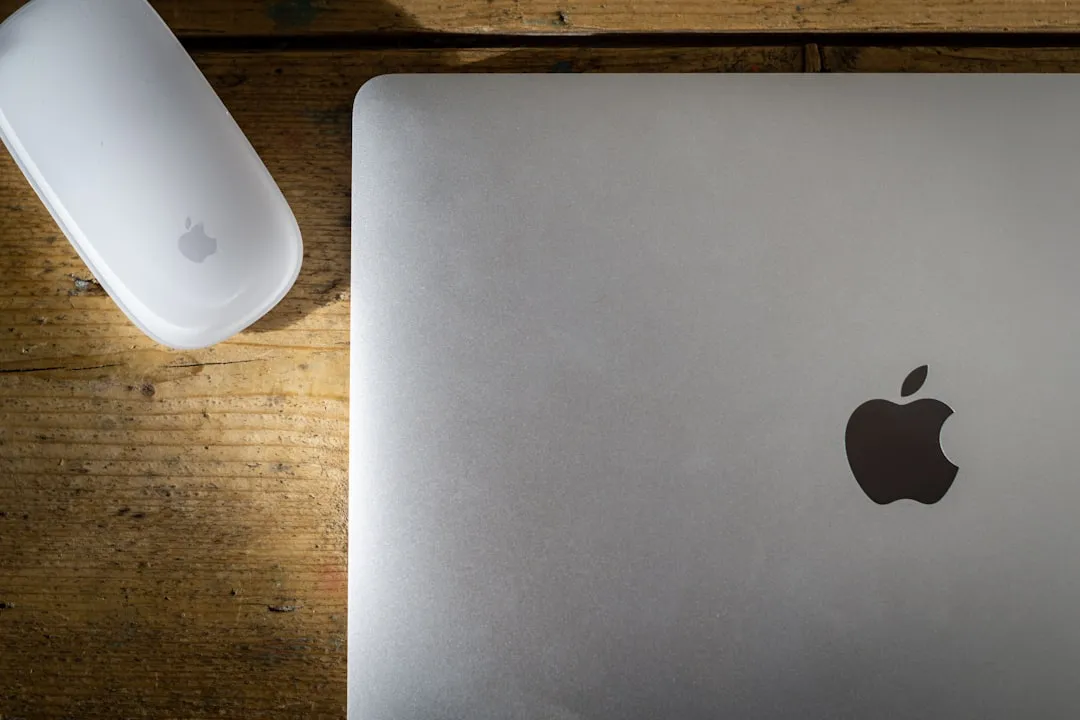

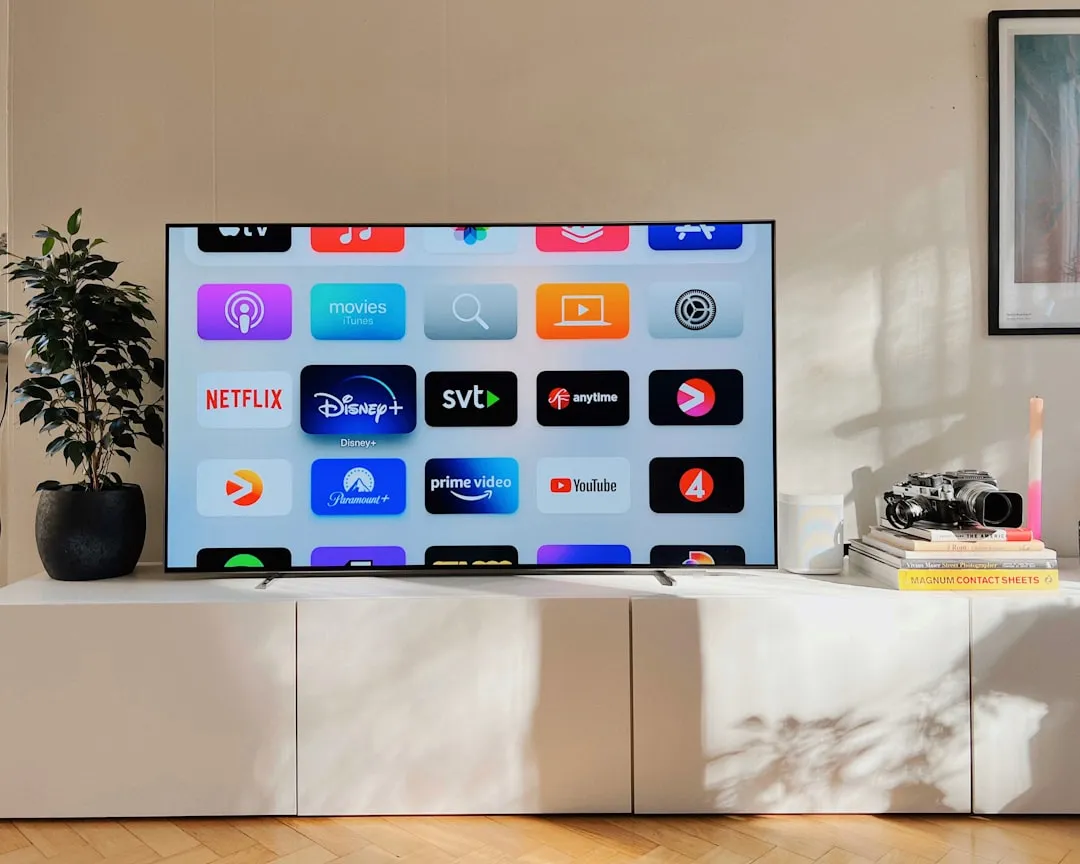
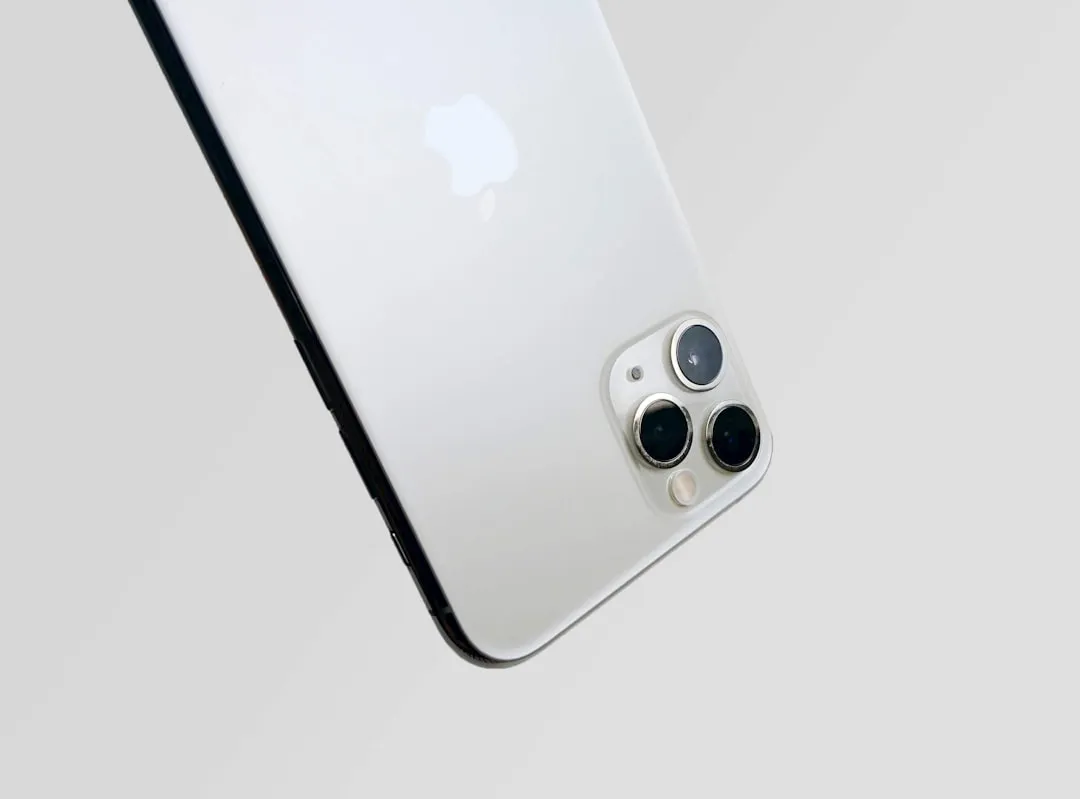

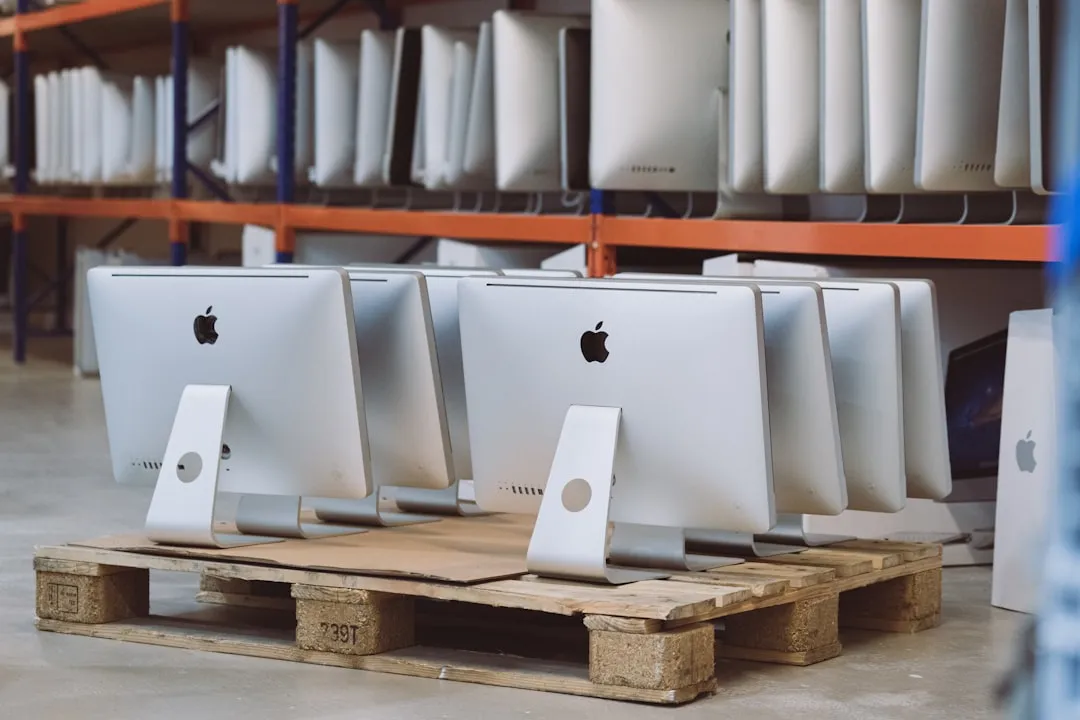
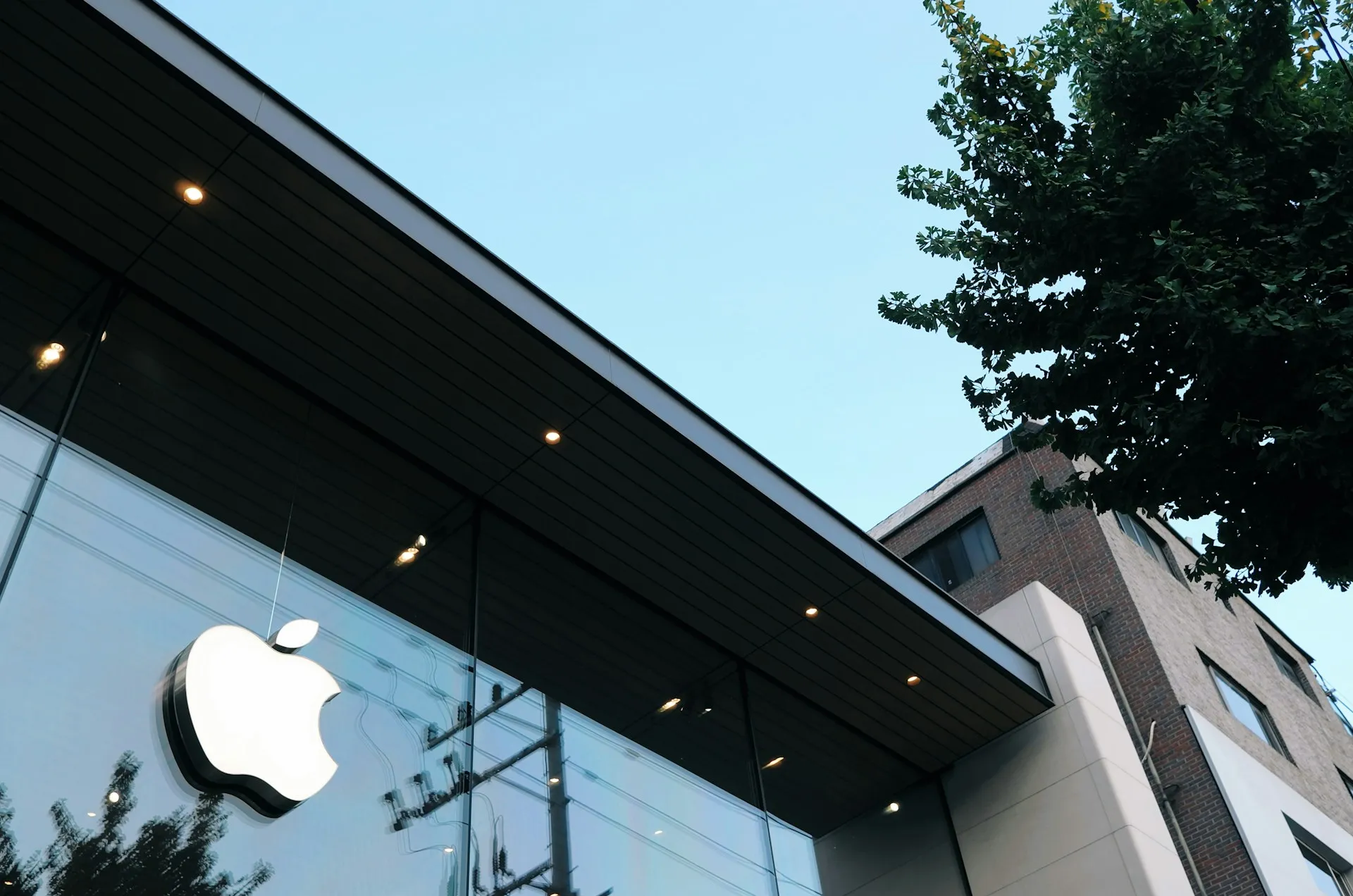

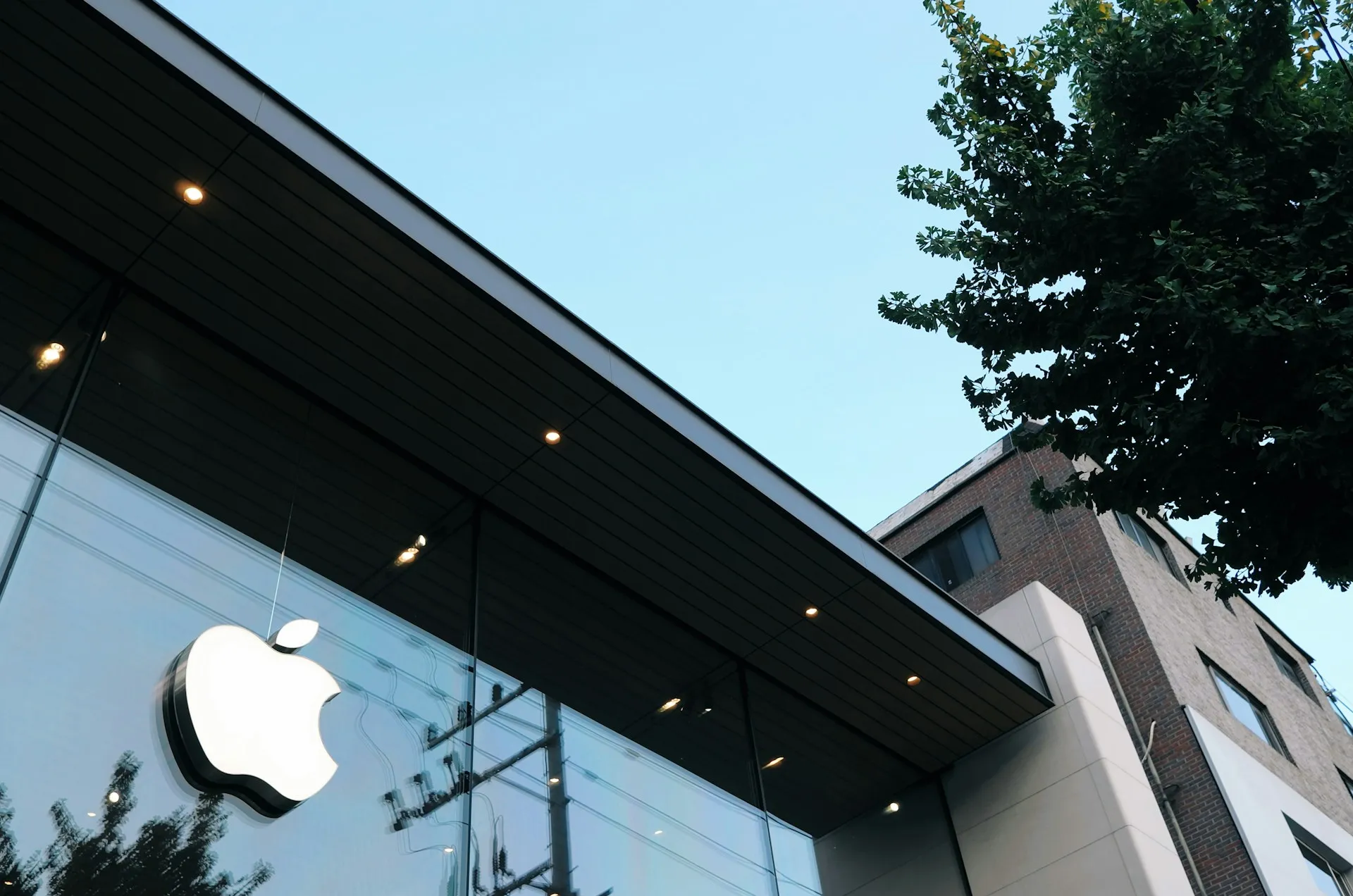
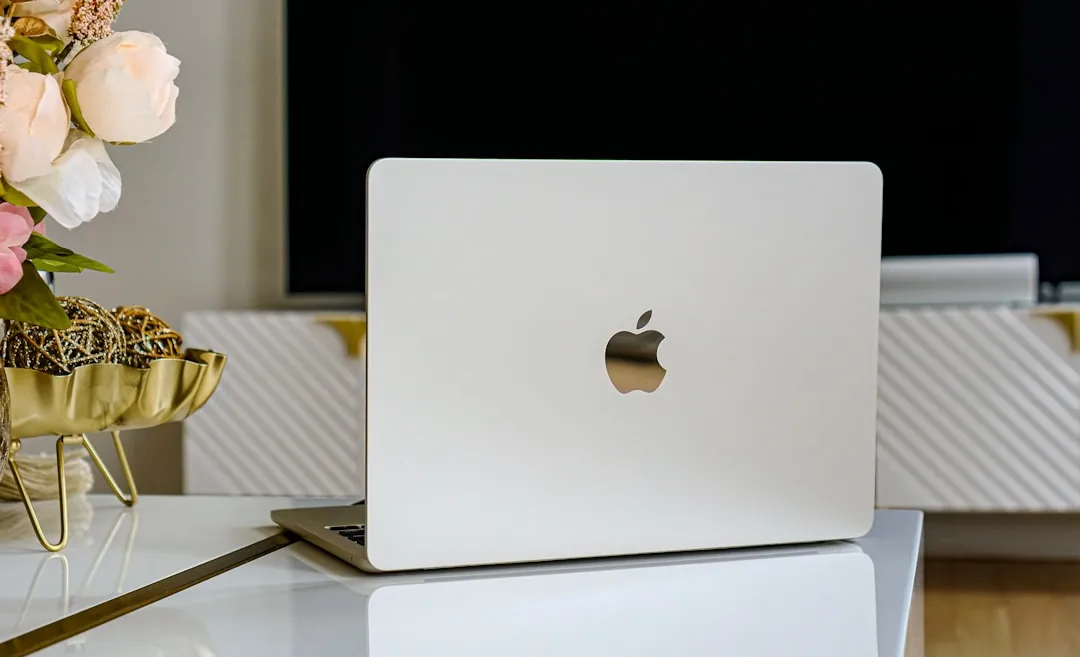
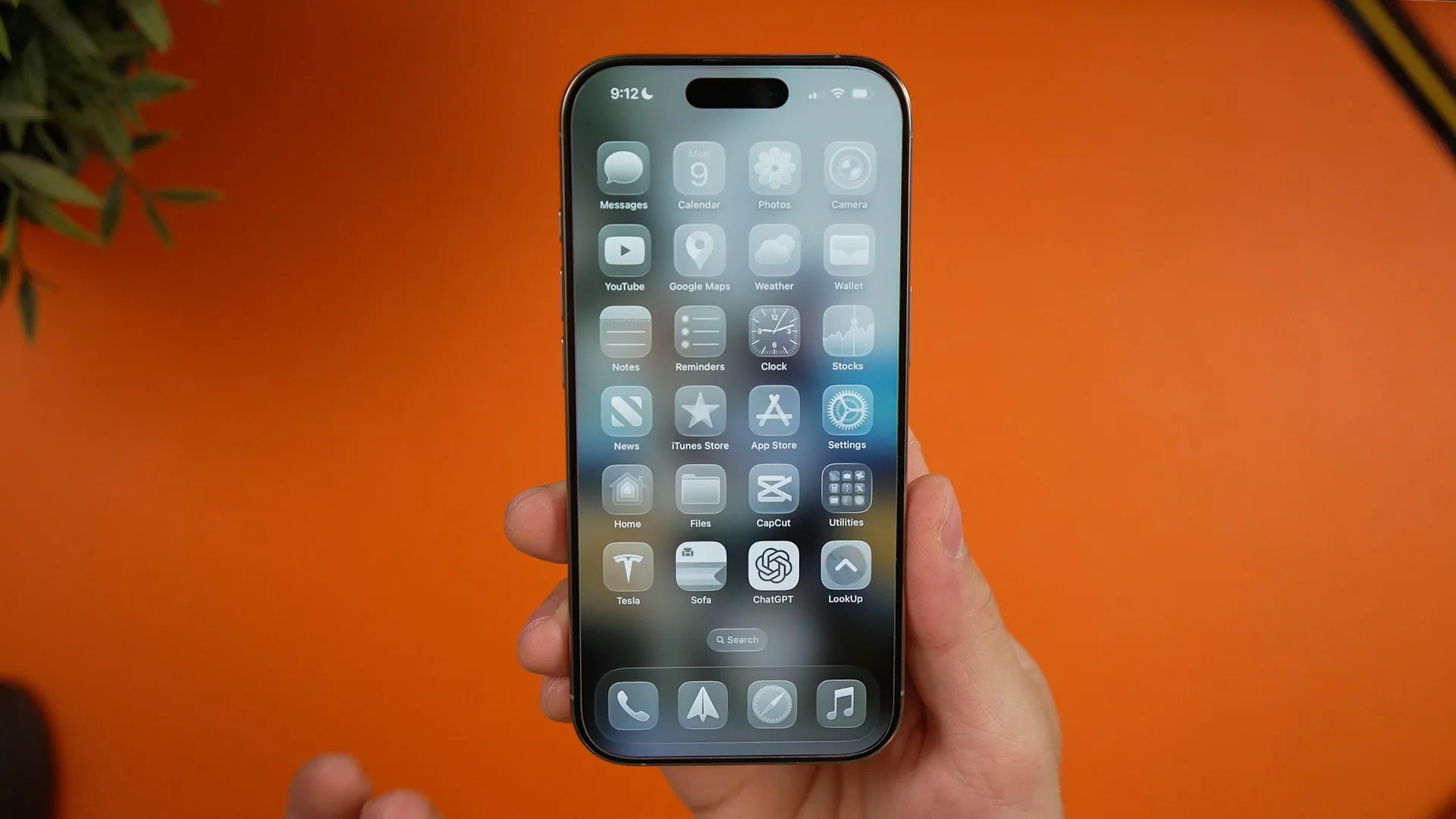


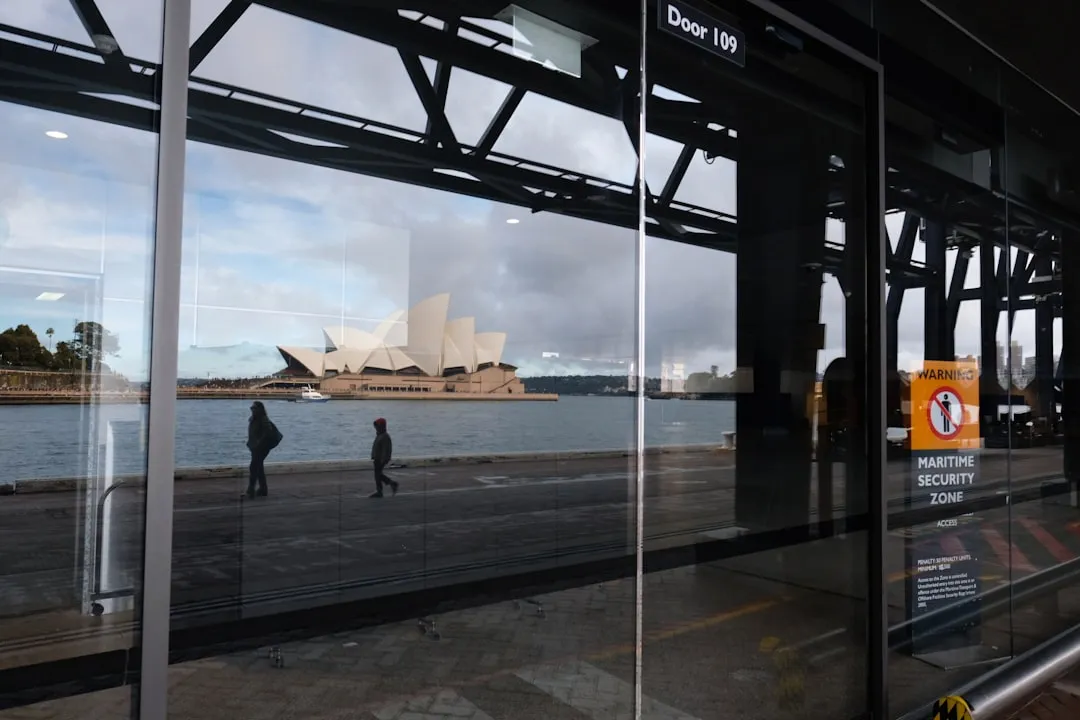
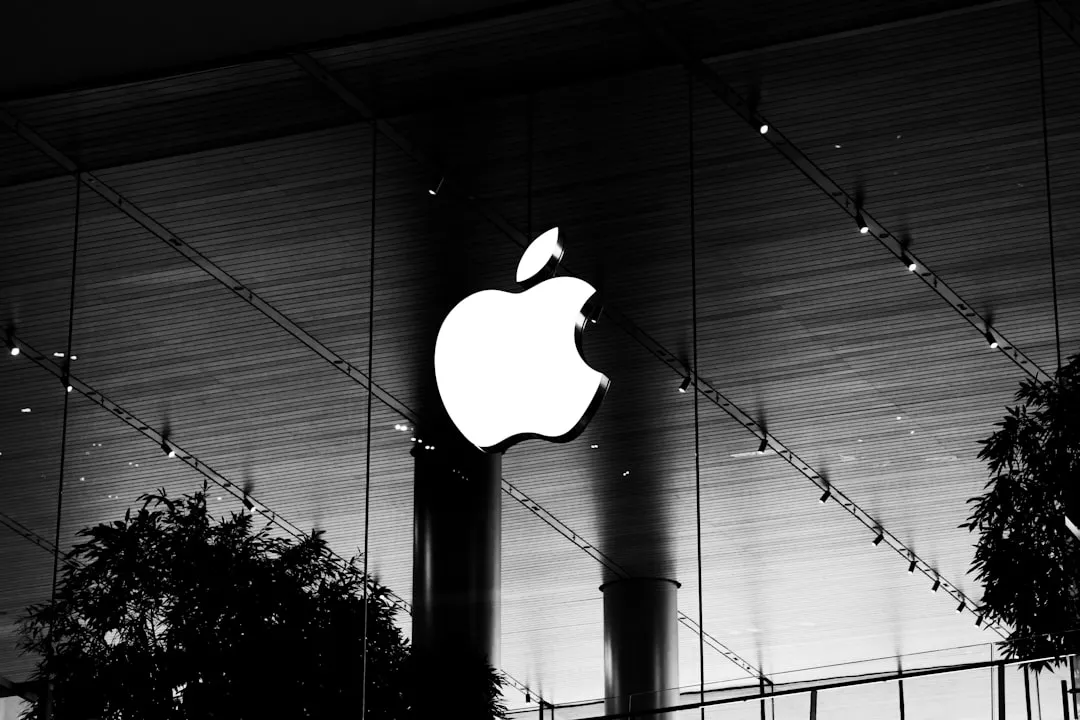




Comments
Be the first, drop a comment!